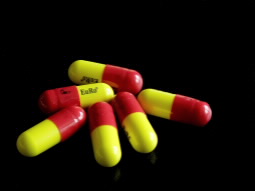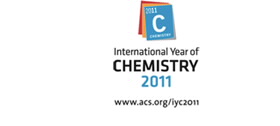FOR IMMEDIATE RELEASE
ACS News Service Weekly PressPac: November 16, 2011
A realistic look at the promises and perils of nanomedicine
“Nanomedicine(s) under the Microscope”
Molecular Pharmaceutics
Is the emerging field of nanomedicine a breathtaking technological revolution that promises remarkable new ways of diagnosing and treating diseases? Or does it portend the release of dangerous nanoparticles, nanorobots or nanoelectronic devices that will wreak havoc in the body? A new review of more than 500 studies on the topic concludes that neither scenario is likely. It appears in ACS' journal Molecular Pharmaceutics.
Ruth Duncan and Rogerio Gaspar explain that nanomedicine — the application of nanotechnology to health care — often is overhyped as cure-alls or a potential danger. The concept debuted with the visionary notion that robots and electronic devices so tiny that dozens would fit across the width of a human hair could be built and put into the human body to treat disease and repair damaged organs. About 40 nano health care products actually are in use and nano-sized drugs, drug delivery devices, imaging agents, and other products are on the horizon.
The authors first describe the history of nanomedicine, as well as many of the nanomedicine products available today. Then, they offer suggestions for how best to move a nanomedicine through the drug development process with risks and benefits in mind. Finally, they identify key factors critical for development of practical nanomedical technology that is safe and effective.
The authors acknowledged funding from iMedUL and The Fundaåão para a Ciência e a Tecnologia.
![]()

High-resolution image
Contact
Science Inquiries: Michael Woods, Editor, 202-872-6293
General Inquiries: Michael Bernstein, 202-872-6042


